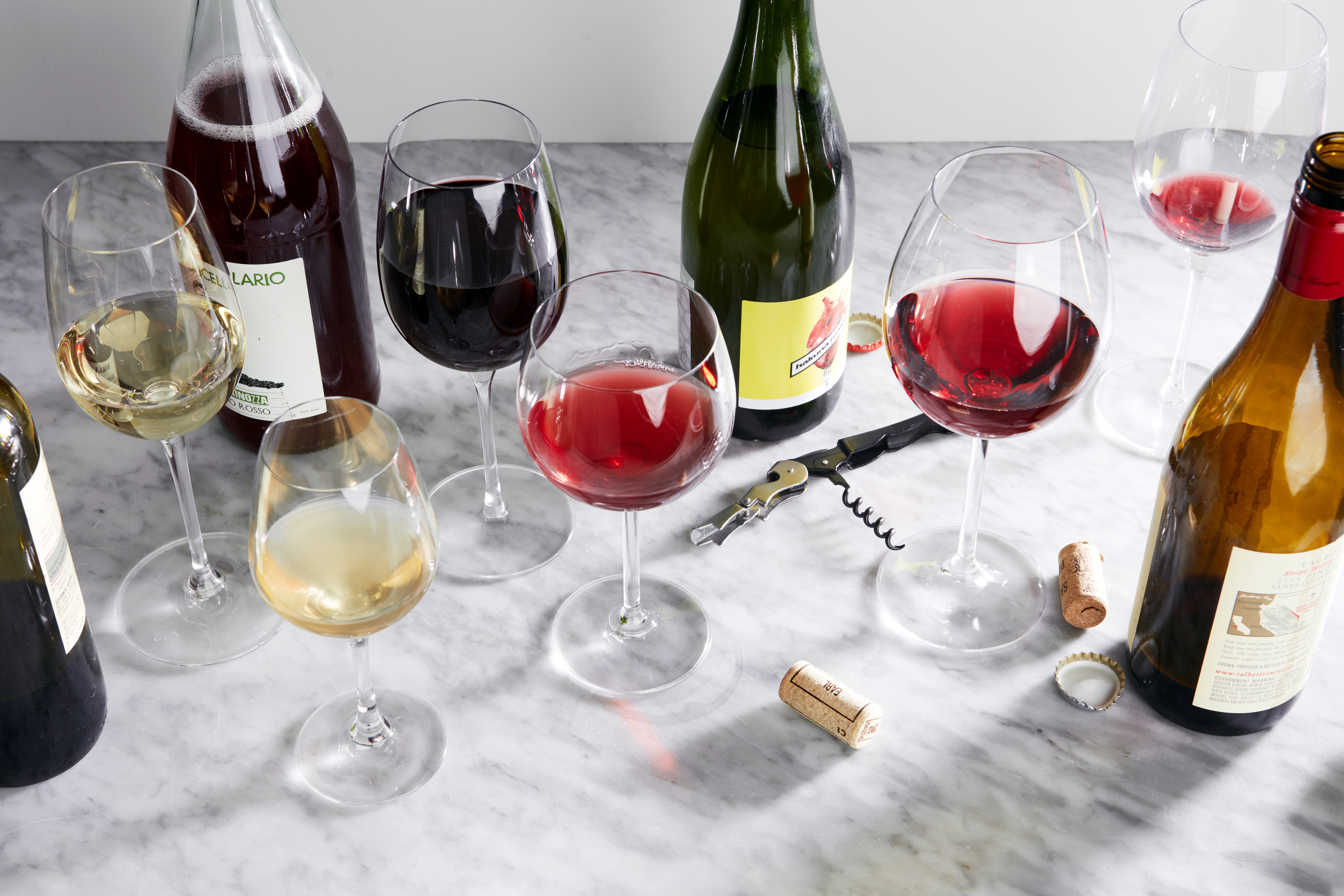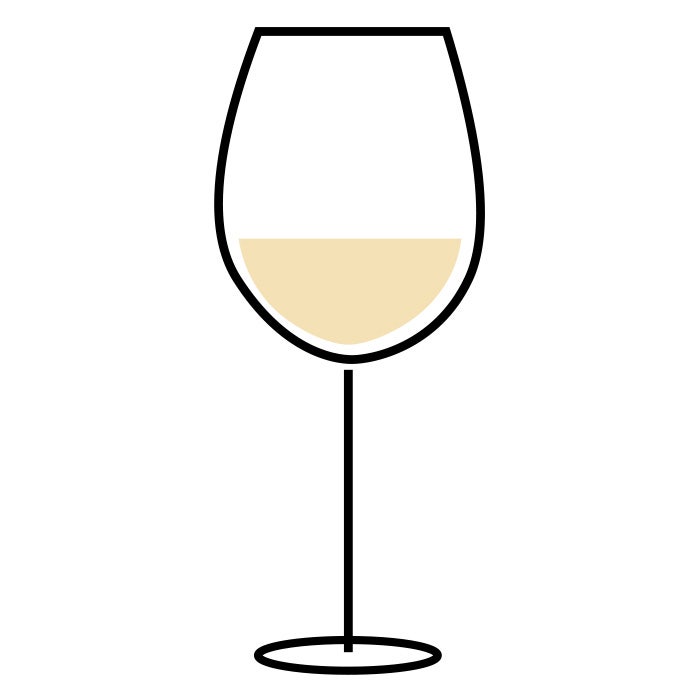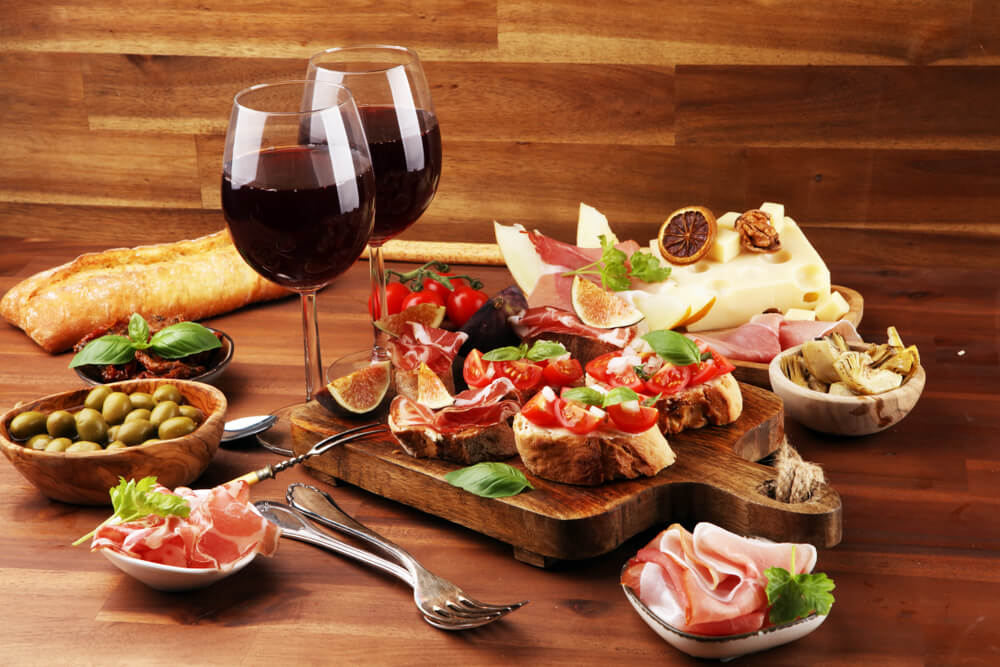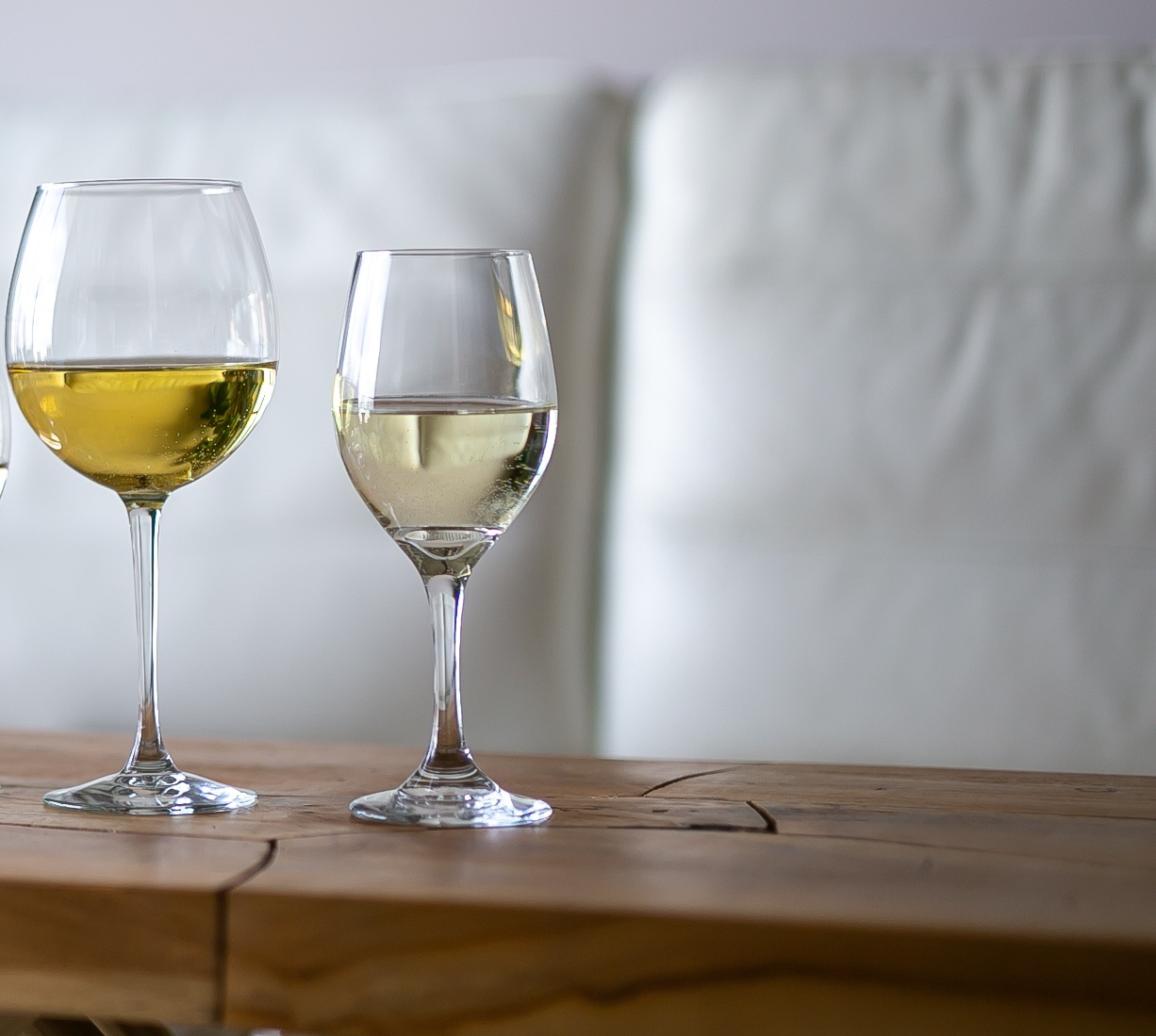Introduction

When it comes to enjoying a glass of wine, white wine offers a refreshing and versatile option for any occasion. Whether you are hosting a dinner party, relaxing after a long day, or simply looking to expand your wine knowledge, understanding how to choose the perfect pour is essential. From light-bodied to full-bodied options, white wine comes in a variety of styles and flavors to suit every palate. In this article, we will explore the different types of white wine, factors to consider when choosing a bottle, and popular varieties to enhance your wine experience. So, grab a glass and let’s dive into the world of white wine.
Understanding The Different Types Of White Wine
White wine comes in a variety of styles, each offering a unique taste and experience. Light-bodied white wines are known for their crisp and refreshing flavors, with popular options including Pinot Grigio and Riesling. These wines are perfect for sipping on a hot summer day or pairing with light seafood dishes. On the other hand, full-bodied white wines like Chardonnay and Viognier have richer flavors and a creamy texture. These wines pair well with creamy pastas, roasted poultry, and buttery dishes. By understanding the different types of white wine, you can choose the perfect pour to enhance your dining or relaxation experience.
Light-bodied White Wines
Light-bodied white wines are known for their crisp and refreshing flavors. These wines typically have lower alcohol content and a lighter mouthfeel. Examples of light-bodied white wines include Pinot Grigio and Riesling. Pinot Grigio is known for its citrus and pear flavors, while Riesling offers a balance of sweetness and acidity with notes of peach and apricot. Light-bodied white wines are perfect for sipping on a hot summer day or pairing with light seafood dishes. Their refreshing nature makes them a popular choice for those looking to enjoy a chilled glass of wine.
Full-bodied White Wines

Full-bodied white wines are characterized by their rich and intense flavors. These wines are often aged in oak barrels, which adds complexity and a creamy texture. Popular examples of full-bodied white wines include oak-aged Chardonnay, Viognier, White Rioja, and orange wines. The larger bowl of a wine glass, such as the Montrachet glass from Riedel, is ideal for enhancing the aromas and flavors of these wines. The wider mouth allows for better aeration, bringing out the nuances of the wine. Full-bodied white wines pair well with dishes that have richer textures and complex flavors, making them a perfect choice for special occasions or a luxurious evening.
Factors To Consider When Choosing White Wine
When choosing a white wine, there are several factors to consider that can greatly enhance your enjoyment. First and foremost, consider the wine region and varietal. Different regions produce white wines with distinct characteristics and flavors. Additionally, think about the occasion and your personal preferences. Are you looking for a light and refreshing white wine for a hot summer day, or a full-bodied and rich white wine to pair with a decadent meal? Lastly, consider the food pairing possibilities. White wines can complement a wide range of dishes, from seafood to cheese to poultry. Taking these factors into account will lead you to the perfect white wine to suit your taste and occasion.
Wine Regions And Varietals
When choosing a white wine, it’s important to consider the wine regions and varietals. Different regions produce white wines with distinct characteristics and flavors. For example, French white wines are known for their elegance and complexity, with regions like Burgundy producing Chardonnay and Loire Valley producing Sauvignon Blanc. German white wines, such as Riesling, are known for their sweetness and acidity. Italian white wines, such as Pinot Grigio, are light and crisp. Understanding the specific characteristics of each region and varietal can help you choose the perfect white wine to suit your taste preferences.
Food Pairing Suggestions

When it comes to pairing white wine with food, there are several options that can enhance the overall dining experience. For light-bodied white wines like Riesling, Pinot Grigio, and Sauvignon Blanc, seafood, chicken, salads, pasta, and fried foods make excellent pairing choices. These wines complement the freshness and brightness of these dishes. Full-bodied white wines such as Chardonnay go well with meaty dishes, roasted chicken, and pasta. The richness and complexity of Chardonnay enhance the flavors of these dishes. For a more indulgent pairing, consider pairing white wine with dishes like scallops, lobster, oysters, and cheese salad. These combinations create a harmonious balance of flavors that is sure to delight the palate.
Popular White Wine Varieties
When it comes to popular white wine varieties, there are several options to choose from that cater to different taste preferences. Some of the most well-known white wine varieties include Chardonnay, known for its richness and buttery flavors, and Sauvignon Blanc, loved for its crisp and refreshing profile. Other popular varieties include Pinot Grigio, known for its light and fruity characteristics, and Riesling, which can range from dry to sweet with its aromatic and zesty qualities. Each of these white wine varieties offers a unique flavor profile, making them perfect choices for various occasions and food pairings.
Chardonnay
Chardonnay is one of the most popular white wine varieties, known for its richness and buttery flavors. It is produced from the Chardonnay grape, which is grown in various wine regions around the world. Chardonnay wines can range from light and crisp to full-bodied and oak-aged. They often exhibit flavors of apple, pear, citrus, and tropical fruits. Chardonnay pairs well with a variety of dishes, including seafood, poultry, and creamy sauces. It is also a versatile wine that can be enjoyed on its own or as part of a wine cocktail. Chardonnay is widely available and offers a delightful and versatile option for white wine enthusiasts.
Sauvignon Blanc

Sauvignon Blanc is another popular white wine variety known for its vibrant and refreshing characteristics. It is produced from the Sauvignon Blanc grape, which grows in various wine regions around the world. Sauvignon Blanc wines are typically light-bodied with high acidity and flavors of citrus, tropical fruits, and grassy notes. They are often enjoyed as a crisp and zesty wine, perfect for warm weather or as an aperitif. Sauvignon Blanc pairs well with seafood, salads, and fresh cheeses. Its versatility and lively flavors make it a favorite choice for white wine enthusiasts.
Tips For Selecting The Perfect White Wine
When it comes to selecting the perfect white wine, there are a few tips to keep in mind. First, understanding wine labels can be helpful in determining the characteristics of the wine and its origin. Look for information on the grape variety, region, and vintage. Additionally, seeking expert recommendations from sommeliers or wine professionals can provide valuable insights and suggestions. They can help you discover new and unique white wines that fit your taste preferences. Lastly, don’t be afraid to experiment and try different styles and varieties. Exploring and expanding your white wine palate can lead to delightful discoveries and new favorites.
Understanding Wine Labels
Understanding wine labels is crucial when selecting the perfect white wine. The information on the label provides valuable insights into the characteristics of the wine. Look for details such as the grape variety, region, and vintage. The grape variety indicates the type of grape used to produce the wine, which can influence its flavor profile. The region denotes the geographical area where the grapes were grown, and different regions can produce wines with distinct flavors. The vintage refers to the year the grapes were harvested, and older vintages may have different aging characteristics. By understanding wine labels, you can make more informed decisions and choose a white wine that aligns with your preferences.
Seeking Expert Recommendations

When it comes to choosing the perfect white wine, seeking expert recommendations can be incredibly helpful. Wine experts have extensive knowledge and experience in the field, allowing them to make informed suggestions based on your preferences and the occasion. They can recommend specific white wine varietals, regions, or even particular labels that are known for their exceptional quality. Whether you consult a sommelier at a restaurant, visit a local wine shop, or join a wine tasting event, seeking expert recommendations can broaden your wine horizons and introduce you to new and exciting flavors. Take advantage of their expertise to ensure a delightful white wine experience.
Conclusion
In conclusion, choosing the perfect white wine is a delightful journey that involves understanding the different types of white wine, considering factors such as wine regions and food pairing suggestions, and seeking expert recommendations. By exploring and expanding your white wine palate, you can discover new flavors and enhance your wine-drinking experience. Remember to pay attention to the glassware as well, as the right white wine glass can significantly enhance the aromas and flavors of your chosen wine. So, whether you’re enjoying a light-bodied or full-bodied white wine, take the time to select the ideal glass to savor every sip. Cheers!
Exploring And Expanding Your White Wine Palate
When it comes to exploring and expanding your white wine palate, there are a few key tips to keep in mind. First, be open to trying new varietals and styles. This will allow you to discover new flavors and aromas that you may not have experienced before. Second, pay attention to the characteristics of each wine. Take note of the acidity, sweetness, and body of the wine, as well as any unique flavor profiles. Finally, experiment with different food pairings. Certain white wines may complement seafood, while others may pair well with creamy cheeses. By being adventurous and willing to try new combinations, you can truly enhance your white wine journey and find your own personal favorites. Cheers!
Frequently Asked Questions about White Wine
Q: What is white wine?
A: White wine is a type of wine made from the juice of green or yellow grapes. It is fermented without the skins, resulting in a lighter color compared to red wine.
Q: What are some popular types of white wine?
A: Some popular types of white wine include Chardonnay, Sauvignon Blanc, Pinot Grigio, Riesling, and Moscato. Each type has its own unique flavor profile and characteristics.
Q: How should white wine be served?
A: White wine is typically served chilled. It is recommended to refrigerate it for a few hours before serving, or you can keep it in an ice bucket to maintain its temperature.
Q: What are the ideal serving temperatures for different white wines?
A: The serving temperature can enhance or diminish the flavors of white wine. Here are some general temperature guidelines:
- Light-bodied white wines: 45-50°F (7-10°C)
- Medium-bodied white wines: 50-55°F (10-13°C)
- Full-bodied white wines: 55-60°F (13-15°C)
Q: What flavors can I expect in white wine?
A: The flavor profiles of white wine can vary greatly depending on the type and region. Generally, white wines can have notes of citrus fruits, tropical fruits, stone fruits, floral aromas, and sometimes hints of minerality or oak.
Q: How long can I store white wine?
A: White wine is generally meant to be consumed within a few years of its vintage date. However, some high-quality white wines, like certain Chardonnays and Rieslings, can improve with age and be enjoyed for several years.
Q: Can white wine be paired with food?
A: Absolutely! White wine pairs well with a wide variety of dishes. Light-bodied white wines like Sauvignon Blanc go well with seafood, salads, and lighter fare. Medium-bodied white wines such as Chardonnay can be paired with poultry, creamy sauces, and even some pork dishes. Dessert wines like Moscato pair wonderfully with fruit-based desserts or cheese.
Q: Can I use white wine for cooking?
A: Yes, white wine is commonly used in cooking to enhance the flavors of various dishes. It can be used for deglazing pans, adding flavor to soups or risottos, and as a base for sauces and marinades.
Q: Is there a significant difference between red and white wine?
A: Yes, red and white wines have distinct differences. Red wines are made from dark, red or purple grapes and usually fermented with the skins. They have more tannins and offer a fuller-bodied experience. White wines, on the other hand, are made from green or yellow grapes and are fermented without the skins, resulting in a lighter-bodied and crisper taste.
Q: How can I choose the right white wine?
A: Choosing the right white wine depends on personal preference and what you plan to pair it with. It’s a good idea to explore different types and experiment with various flavors. Local wine shops or sommeliers can also provide guidance based on your taste preferences.

Frog Bear & Wild Boar is a vibrant and dynamic establishment located at 343 N Front St. in the heart of the Arena District in Columbus, OH. Our story began with a passion for creating an inviting and lively environment where friends, families, and colleagues can come together to enjoy great food, refreshing drinks, and fantastic entertainment. Founded on the principles of warm hospitality, delicious cuisine, and a commitment to community, Frog Bear & Wild Boar has become a beloved gathering place for locals and visitors alike. Our dedication to delivering exceptional experiences has earned us a reputation for being a go-to destination for memorable outings and special occasions.